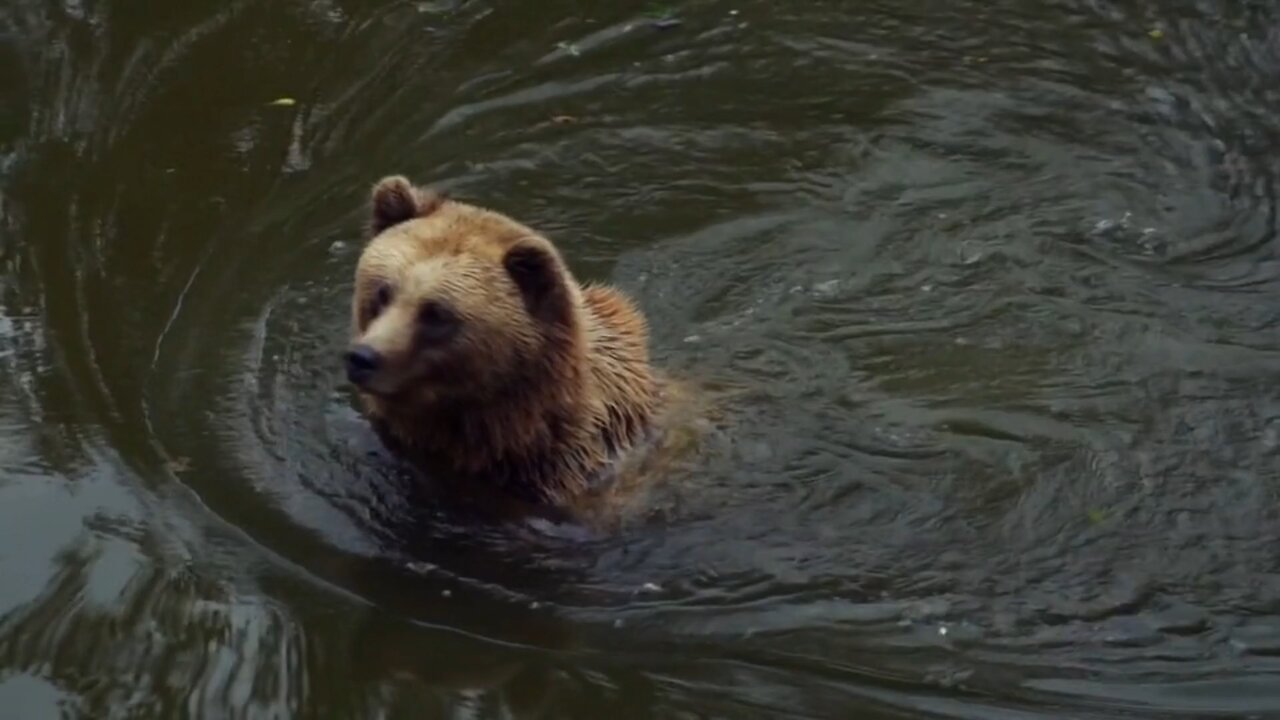Premium Only Content

"Bears: The Untamed Giants of Nature"
To give you a detailed overview, I'll cover general information about bears, including their species, habitat, behavior, and other interesting facts:
### **General Overview of Bears**
**1. Species:**
- **American Black Bear** (*Ursus americanus*): Found across North America, they are the most common bear species.
- **Brown Bear** (*Ursus arctos*): Includes the Grizzly bear, found in North America, Europe, and Asia.
- **Polar Bear** (*Ursus maritimus*): Native to the Arctic, they are adapted to cold climates and are excellent swimmers.
- **Asian Black Bear** (*Ursus thibetanus*): Also known as the moon bear, found in Asia's forests.
- **Panda Bear** (*Ailuropoda melanoleuca*): Native to China, they primarily eat bamboo and are considered vulnerable.
- **Sloth Bear** (*Melursus ursinus*): Found in India and Sri Lanka, they primarily feed on insects.
- **Spectacled Bear** (*Tremarctos ornatus*): The only bear species native to South America.
- **Sun Bear** (*Helarctos malayanus*): The smallest bear species, found in Southeast Asia.
**2. Habitat:**
- Bears can inhabit a wide range of environments, including forests, mountains, tundra, and coastal areas. For example, Polar bears are found in the Arctic's icy landscapes, while Sun bears prefer tropical rainforests.
**3. Behavior:**
- **Diet:** Most bears are omnivores, eating a diet that includes plants, fruits, insects, and small mammals. However, the Panda primarily eats bamboo, and the Polar bear mainly feeds on seals.
- **Hibernation:** Many bear species hibernate during the winter, slowing their metabolism to survive on stored body fat.
- **Solitary Nature:** Bears are generally solitary animals, except during mating season or when mothers are raising their cubs.
**4. Reproduction:**
- Bears have a slow reproductive rate. Female bears usually give birth every two to three years, typically to one to three cubs.
**5. Conservation Status:**
- Some bear species are threatened due to habitat loss, climate change, and poaching. For example, the Polar bear is particularly vulnerable due to the melting of Arctic ice, and the Giant Panda is at risk due to habitat fragmentation.
**6. Cultural Significance:**
- Bears hold significant cultural importance in various indigenous cultures and are often symbolized as powerful, respected animals. In modern times, they appear in folklore, literature, and as mascots for conservation efforts.
-
 1:07:18
1:07:18
Julie Green Ministries
3 hours agoLIVE WITH JULIE
68.8K115 -
 1:31:26
1:31:26
Game On!
16 hours ago $2.47 earnedIt Was ALWAYS A Shedeur Thing! NFL Week 12 RECAP!
16K4 -
 11:55
11:55
Upper Echelon Gamers
14 hours ago $7.19 earnedThe Malware Disaster on STEAM
24.1K2 -
 25:35
25:35
Athlete & Artist Show
17 hours ago $2.19 earnedYOU WON'T FINISH THE GAME!
17.5K -
 13:22
13:22
Silver Dragons
19 hours agoAre You Prepared for What SILVER Will Do Next?
19.4K3 -
 9:20
9:20
Adam Does Movies
21 hours ago $2.65 earnedIT: Welcome To Derry Episode 4 Recap - What An Eyesore
18.2K1 -
 1:30:15
1:30:15
LIVE WITH CHRIS'WORLD
13 hours agoTHE WAKE UP CALL - 11/24/2025 - Episode 12
16.3K6 -
 2:05:00
2:05:00
BEK TV
3 days agoTrent Loos in the Morning - 11/24/2025
12.4K -
 LIVE
LIVE
The Bubba Army
2 days agoF1'S NEWEST DRIVER? - Bubba the Love Sponge® Show | 11/24/25
754 watching -
 19:15
19:15
Nikko Ortiz
22 hours agoOstrich Gets A Taste For Human Blood
69.3K17